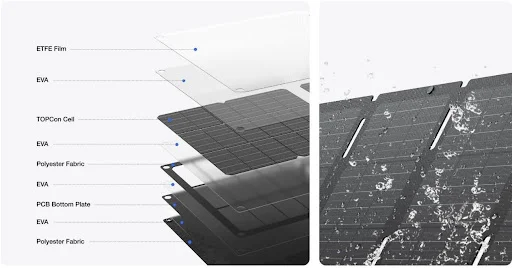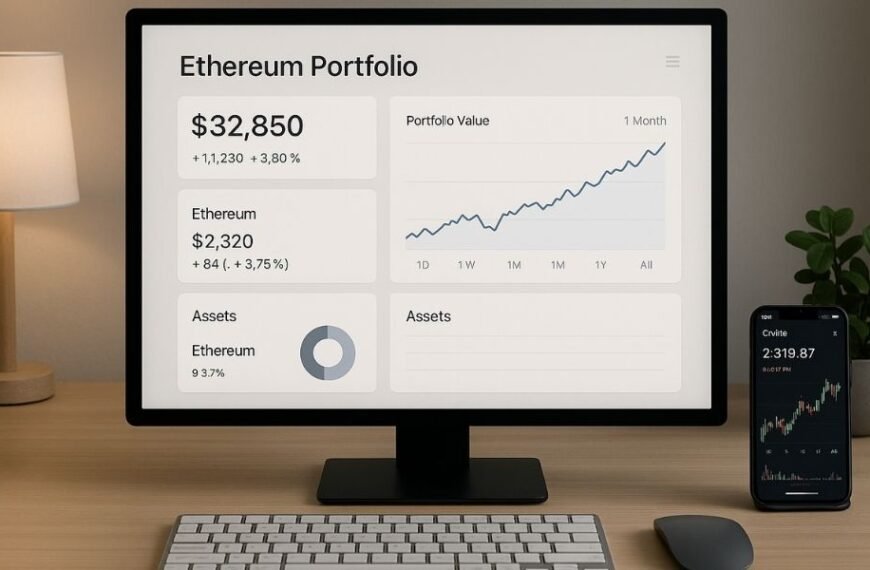Installing solar panels in your house may dramatically lower your energy bills and environmental impact. It’s a sensible and beneficial investment that promotes sustainability. However, before beginning the installation process, it is critical to understand the phases required, from planning to conclusion. Proper preparation, including selecting the appropriate system, acquiring permissions, and ensuring your property is compatible, is essential. This guide leads you through each stage of the installation process, assuring a smooth experience from system selection to final activation, allowing you to get the most out of solar energy at home.
How Do You Prepare for Installation?
Evaluating Your Roof and Energy Needs
Before you start the installation, you need to evaluate your roof and energy requirements. Determine if your roof can sustain the weight and size of the solar panels. Ensure that it gets enough sunshine throughout the day to create the necessary energy. Assess your household’s energy use to calculate how many panels you’ll need to reach your energy objectives. An expert can assist you in estimating your energy requirements based on current consumption, ensuring that you install the appropriate amount of panels for optimal efficiency and long-term savings.
Getting the Necessary Permits and Incentives
Obtaining the required permissions and knowing local restrictions is critical for a legal installation. Before you begin, contact your local government agency to see whether approvals for installation, such as zoning, electrical, or construction permits, are necessary. In many situations, solar systems need inspections to guarantee compliance with building codes. Take advantage of any incentives, including tax credits, rebates, and net metering schemes. These financial advantages may dramatically lower the cost of installation, making solar energy an even more appealing investment option for homeowners.
Choosing the Right Solar Panel System
Choosing the right solar panel system depends on various factors, including your roof’s size, energy needs, and budget. There are several varieties of solar panels available, including monocrystalline, polycrystalline, and thin-film, each with various efficiencies and prices. Monocrystalline panels are the most efficient, but they also cost the most. When choosing the optimal system, consider your long-term energy requirements, available roof space, and the quantity of sunshine at your location. Also, make sure the system has an inverter and other required components to maximize efficiency.
Step-by-Step Installation Process
Mounting the Solar Panels Safely
The first stage in the installation procedure is to properly put the solar panels on your roof. Begin by adding mounting brackets that will hold the panels in place. To prevent future instability, ensure that the brackets are appropriately positioned and firmly secured. Mount the panels at the best angle to catch sunlight all day. When working on the roof, prioritize safety by utilizing fall protection equipment and following safety standards. Professional installers normally handle this operation, but if you do it yourself, make sure to carefully follow the manufacturer’s instructions to avoid mistakes.
Connecting the Panels to the Inverter
Once the solar panels are firmly fixed, the next step is to connect them to the inverter. The inverter is essential because it converts the direct current (DC) power produced by the panels into alternating current (AC), which is what your house requires. Wiring the panels to the inverter must be done carefully to avoid short circuits and other problems. Ensure that all connections are secure and that the wiring adheres to the manufacturer’s specifications. It is suggested that you contact a trained electrician to guarantee safety and compliance with electrical codes during this essential phase.
Testing and Activating Your Solar System
After connecting the panels to the inverter and your home’s electrical system, it’s time to test and activate the setup. Turn on the inverter and test its operation to confirm that it is correctly converting DC current into AC. Monitor the system’s performance to ensure that it is functioning properly. After you’ve checked everything and confirmed that all components are operational, you may formally activate the solar system. At this time, your solar panels will begin to generate power, allowing you to enjoy clean, renewable energy, which may drastically reduce your energy expenses.
Conclusion
Installing solar panels at home is a gratifying experience with major long-term advantages. You may ensure a seamless procedure by analyzing your roof and energy demands, acquiring the appropriate permissions, and carefully selecting the proper solar system. Mounting the panels, connecting them to the inverter, and testing the system are critical tasks in installation. Once activated, you’ll begin to reduce your dependency on traditional energy sources, save money on your power bills, and have a good influence on the environment. Follow these steps for a successful and effective solar installation.









